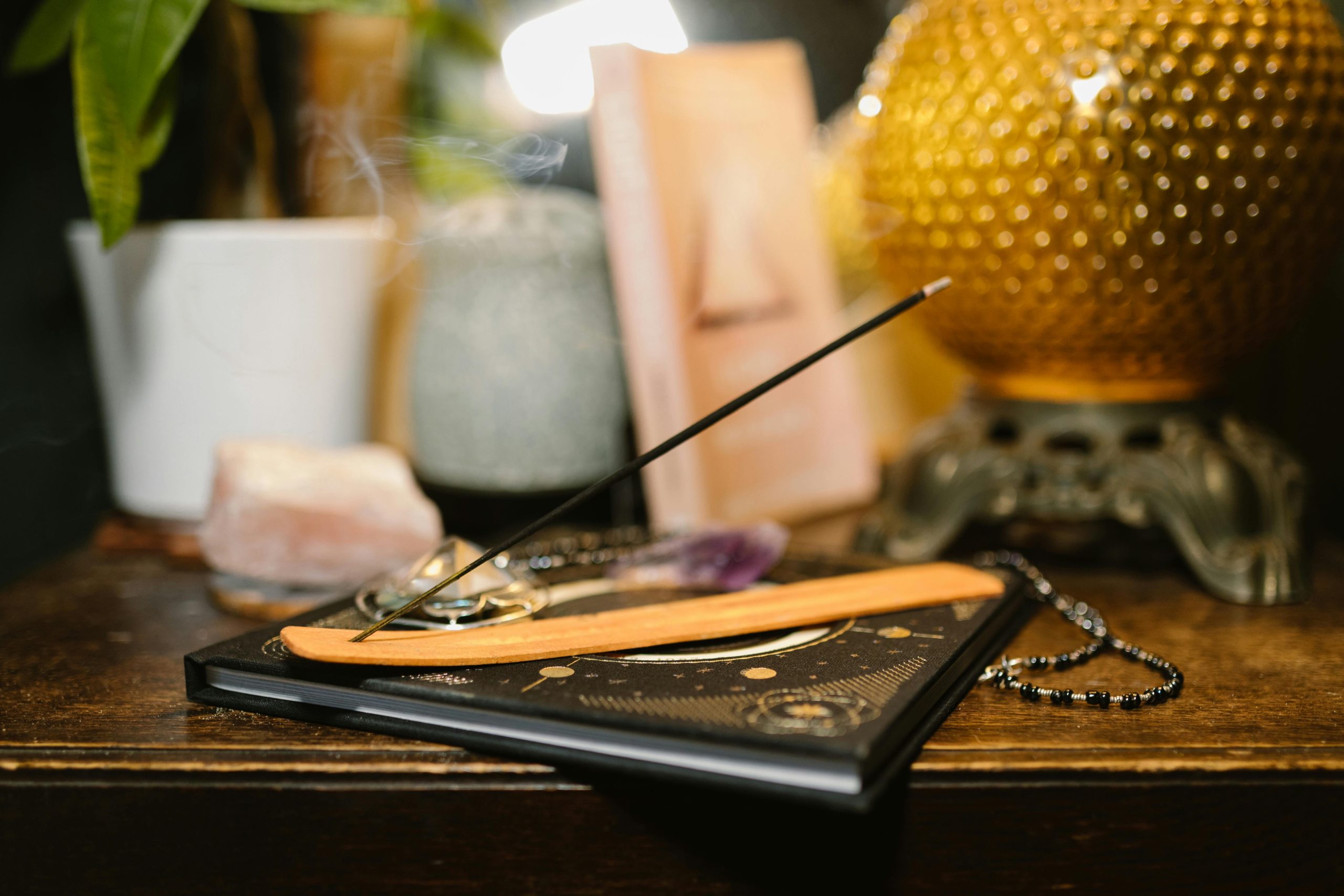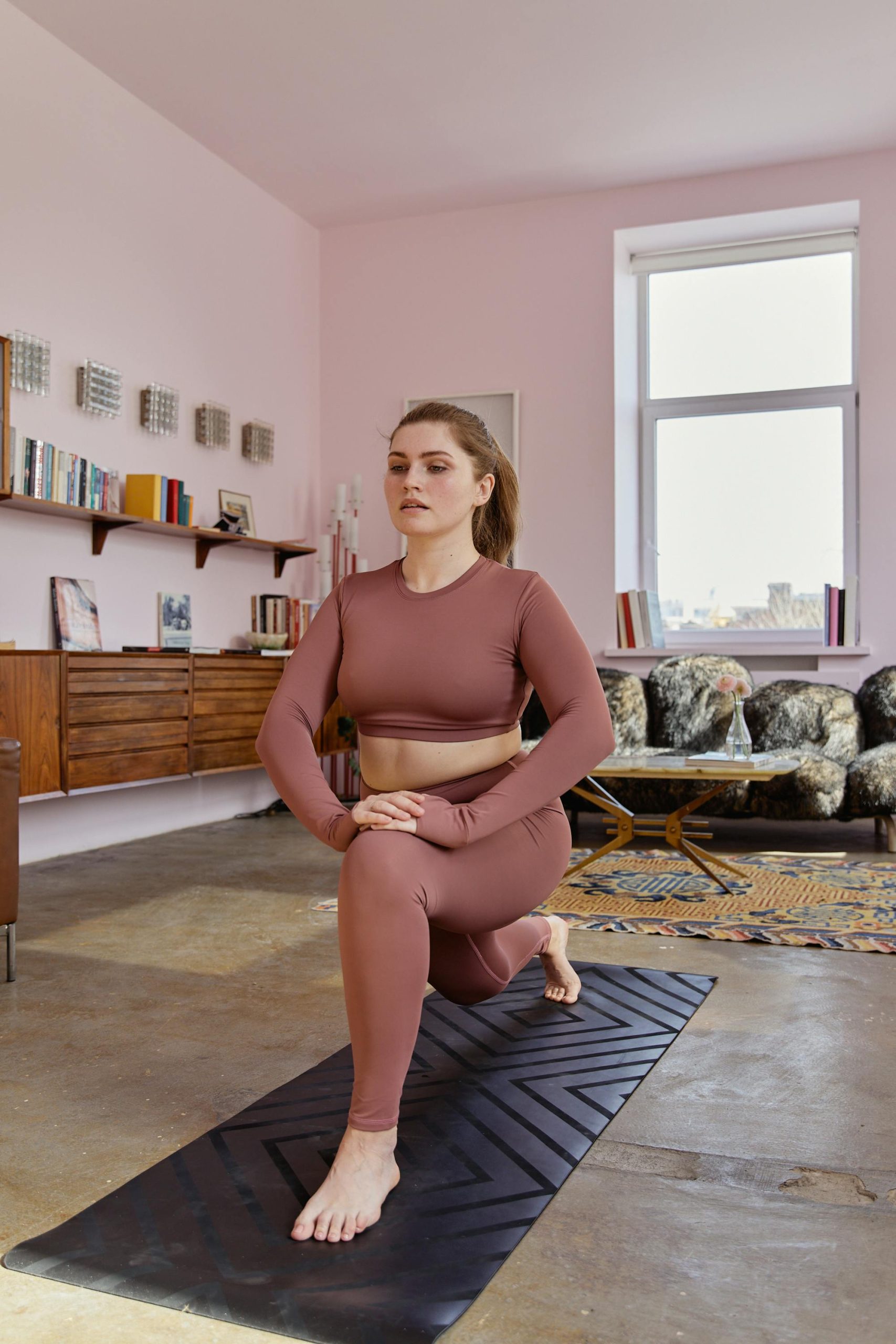In today’s fast-paced world, finding moments of peace can feel like an impossible task. Stress, anxiety, and endless to-do lists often leave us feeling overwhelmed and disconnected from ourselves. Guided visualization is a powerful tool that can help you reclaim your inner calm and clarity. By using your imagination to create peaceful mental images, you can reduce stress, improve focus, and cultivate a deeper sense of well-being. This step-by-step guide will walk you through the process of using guided visualization to achieve inner peace.
What Is Guided Visualization?
Guided visualization is a mindfulness technique that involves creating vivid mental images to promote relaxation and emotional balance. Unlike traditional meditation, which often focuses on breath or mantra repetition, guided visualization encourages you to immerse yourself in a calming scenario—such as a serene beach, a quiet forest, or a cozy sanctuary. This practice engages your senses, helping you shift your focus away from stressors and into a state of tranquility.
How It Works:
- Your mind responds to imagined scenarios almost as if they were real, triggering relaxation responses in your body.
- By visualizing peaceful settings, you activate the parasympathetic nervous system, which counteracts stress.
- Regular practice can rewire your brain to default to calmness rather than anxiety.
Benefits of Guided Visualization for Inner Peace
Guided visualization isn’t just a temporary escape—it offers lasting benefits for mental and emotional well-being. Here’s how it can transform your life:
Reduces Stress and Anxiety
When you visualize calming scenes, your body releases tension, lowers cortisol levels, and slows your heart rate. This creates a physiological shift from “fight or flight” to “rest and digest.”
Enhances Emotional Resilience
By regularly practicing visualization, you train your mind to access peace even in challenging situations. Over time, this builds emotional strength and adaptability.
Improves Focus and Clarity
Visualization helps quiet mental chatter, allowing you to think more clearly and make decisions from a centered, balanced state.
Promotes Better Sleep
Incorporating guided visualization before bed can ease insomnia by calming the mind and preparing the body for restful sleep.
How to Practice Guided Visualization: A Step-by-Step Guide
Ready to experience the transformative power of guided visualization? Follow these steps to begin your journey toward inner peace.
Step 1: Find a Quiet Space
Choose a comfortable, distraction-free environment where you won’t be interrupted. Sit or lie down in a relaxed position.
Step 2: Close Your Eyes and Breathe Deeply
Take slow, deep breaths to center yourself. Inhale for a count of four, hold for four, and exhale for six. Repeat until you feel grounded.
Step 3: Choose Your Visualization
Pick a peaceful scene that resonates with you. It could be:
- A tranquil beach with gentle waves
- A lush forest with sunlight filtering through the trees
- A cozy cabin with a crackling fireplace
Step 4: Engage All Your Senses
Immerse yourself fully in the scene by imagining:
- Sight: Notice the colors, shapes, and movement.
- Sound: Listen to the waves, birds, or rustling leaves.
- Touch: Feel the warmth of the sun or the softness of grass.
- Smell: Breathe in the scent of saltwater or pine trees.
- Taste: Maybe the freshness of mountain air or a warm cup of tea.
Step 5: Stay Present and Let Go
If your mind wanders, gently bring your focus back to your visualization. Allow any stress or tension to melt away as you sink deeper into relaxation.
Step 6: Close the Session Gently
When you’re ready, slowly bring your awareness back to the present. Wiggle your fingers and toes, take a deep breath, and open your eyes.
Tips for Enhancing Your Guided Visualization Practice
To make the most of your visualization sessions, try these additional strategies:
- Use Guided Recordings: If you’re new to visualization, try listening to pre-recorded guided sessions to help direct your imagination.
- Practice Consistently: Aim for 5-10 minutes daily to build the habit and deepen your relaxation response.
- Journal Afterwards: Write down your experience to reflect on any insights or emotions that arose.
- Combine with Affirmations: Pair your visualization with positive statements like, “I am calm and at peace.”
Conclusion
Guided visualization is a simple yet profound practice that can bring lasting inner peace into your life. By dedicating just a few minutes each day to this mindful exercise, you can reduce stress, enhance emotional resilience, and cultivate a deeper sense of clarity. Whether you’re new to meditation or looking for a fresh approach to relaxation, visualization offers a powerful pathway to tranquility. Start your journey today and discover the transformative power of your own imagination.


